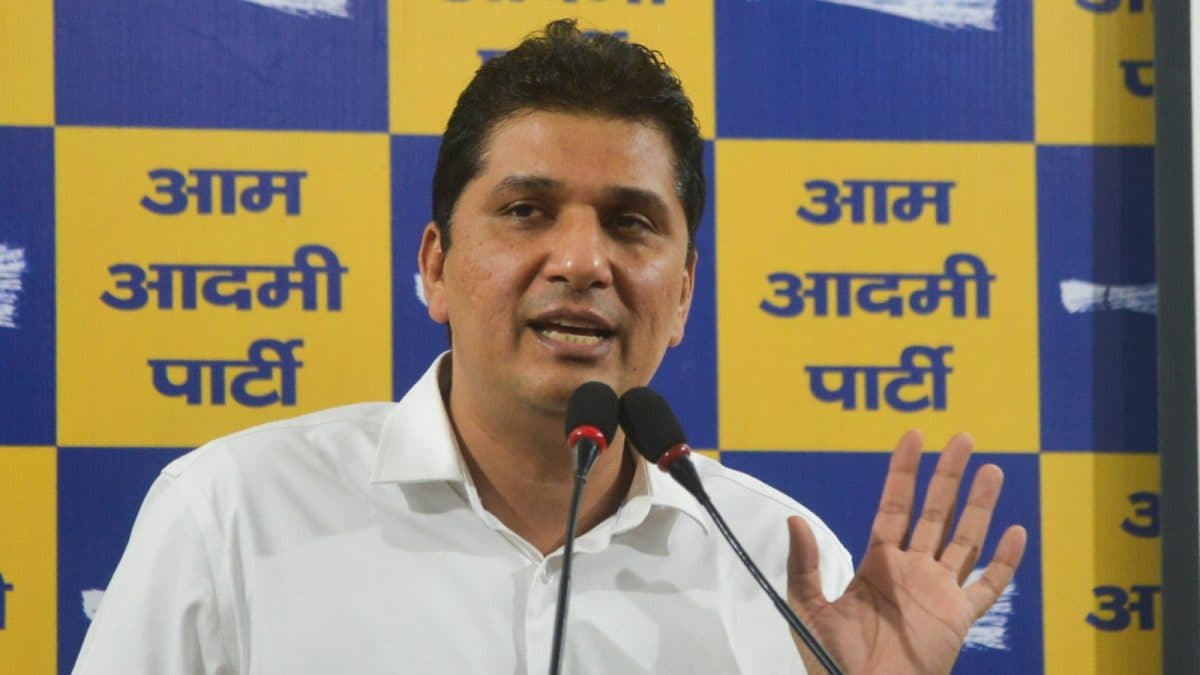BENGALURU: A comprehensive analysis of 213 heatwaves across 63 countries, including eight from India, between 2000 and 2023, has revealed how human-induced climate change, driven by emissions from major fossil fuel companies, has made these events far more frequent and intense.The study shows that, globally, the likelihood of such heatwaves increased by about 20 times in the 2000s and around 200 times in the 2010s compared with preindustrial levels. Around 25% of these events would have been virtually impossible without global warming, the study, published in Nature on Sept 11, adds. Emissions from 180 major carbon producers – including oil, gas and cement companies – are responsible for nearly half of the observed increase in heatwave intensity since 1850–1900.
India’s Heatwaves
While the study initially considered 16 Indian events, only eight passed validation tests. The findings reveal that India’s heatwaves are among the most intensified by climate change, with several events being more extreme than they would have been without human-driven warming.“The May 2006 heatwave became 22% more likely due to climate change, representing a modest increase compared with other events. By 2020–2023, climate change increased the median intensity of heatwaves in India by 2.2°C, compared with 1.4°C in 2000–2009 and 1.7°C in 2010–2019. Rising intensity mirrors broader warming trends, with land areas heating faster than oceans. These changes are particularly concerning in India, where dense populations, poor infrastructure, and limited access to cooling resources leave millions vulnerable. The study also notes that urban areas are likely to face compounded risks, with heatwaves interacting with air pollution and energy demand.
How Carbon Majors Contribute
Researchers highlight how the largest carbon majors, such as the former Soviet Union, China’s coal producers, and Saudi Aramco, significantly contribute to this crisis, while smaller companies also play a measurable role. Even relatively modest emissions have made dozens of heatwaves possible that would otherwise not have occurred.The study assigns responsibility to fossil fuel companies based on historical emissions. The top 14 carbon majors – including ExxonMobil, Shell, Gazprom, and Coal India – together accounted for nearly 30% of cumulative CO2 emissions since 1850, comparable to the combined emissions of 166 smaller companies. In India’s case, Coal India was identified as one of the top contributors. Across all heatwaves studied, the median contribution of the largest carbon majors to heatwave intensity ranged from 0.01°C to 0.09°C, with smaller majors contributing less but still meaningfully. Globally, the former Soviet Union’s emissions made 53 heatwaves at least 10,000 times more likely, while Elgaugol, one of the smallest carbon producers, still contributed to 16 such events.
Global Picture
Patterns similar to India were observed across continents. The study confirms that all 213 heatwaves analysed were more intense and frequent due to climate change. The Pacific Northwest heatwave of 2021 saw temperatures rise by an estimated 3.1°C because of global warming, with its probability being over 10,000 times greater than in a preindustrial climate. The 2003 heatwave in France also showed a significant rise in intensity and probability.Underreporting remains an issue, especially in Africa, Latin America, and the Caribbean, where only nine of 226 reported heatwaves occurred, despite these regions being prone to extreme temperatures. Researchers said that the study’s systematic approach allows for a comprehensive assessment, beyond individual event analyses, offering new insights into how climate change shapes extreme weather patterns everywhere.
For Graphic
Global Findings■ 213 heatwaves (2000-2023) in 63 countries analysed■ 20× more likely in 2000s, 200× more likely in 2010s than preindustrial levels■ 25% heatwaves virtually impossible without climate change■ Carbon majors responsible for 50% of increase in heatwave intensity
India’s Heatwaves
■ Median increase in heatwave intensity: +2.2°C in 2020–2023■ May 2006 heatwave: 22% more likely due to climate change■ Rising vulnerability due to population density, infra gaps, energy stress
Carbon Majors
■ Top 14 carbon majors account for 30% of emissions■ Former Soviet Union made 53 heatwaves at least 10,000× more likely■ Even smallest majors contributed to 16 heatwaves made virtually impossible without emissions Go to Source




